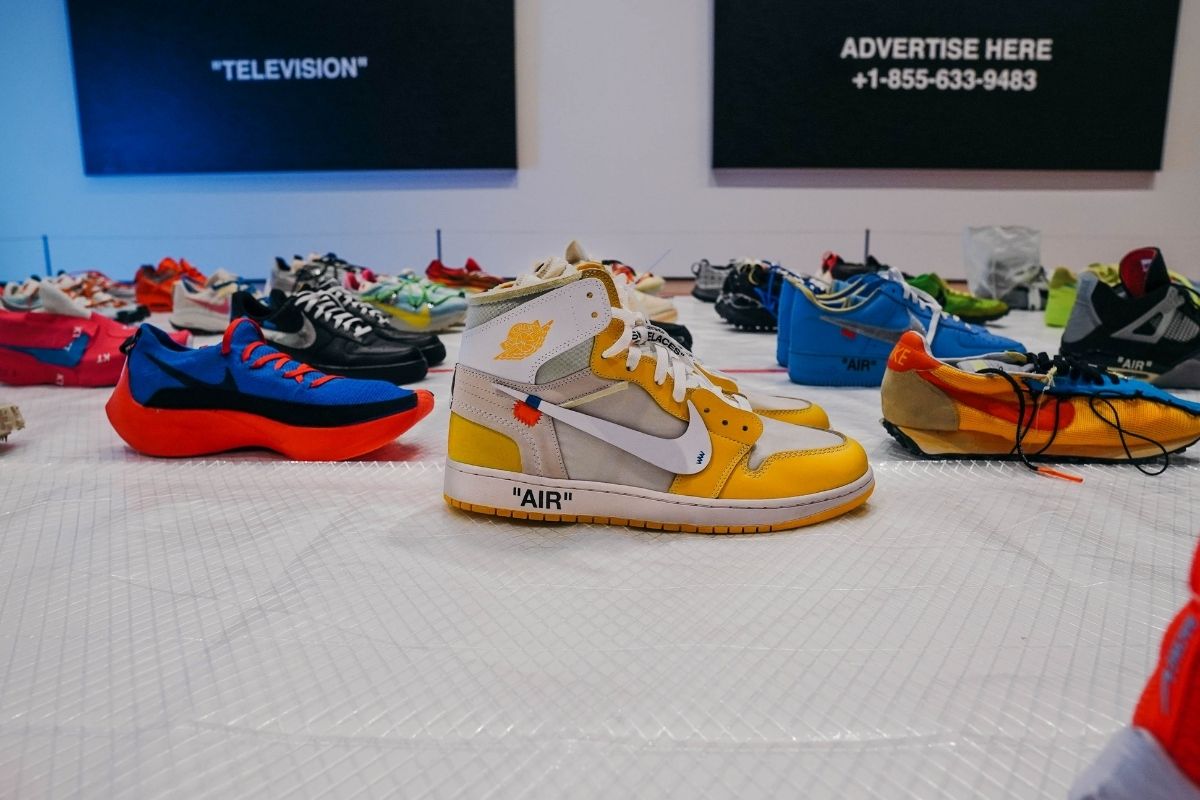Social Media and the Sneaker Industry
When it comes to sneaker media, hashtags are important, but they’re decreasing in their overall importance as time goes on. The reason I say that is because hashtags used to be a way for you to discover content through the hashtag, but a lot of these social platforms have refocused their own search efforts and made their own search functions on the platform a lot easier to use. As a result, hashtags are less important nowadays, although they are still useful and important in the sense that you do want to follow hashtags that you’re really interested in.
For instance, “what did you wear today”, or WDYWT, has always been a legendary hashtag, even before hashtags were popular, back on sneakers forums like Nike Talk or ISS. These WDYWT posts were always huge because they literally showed you what people were wearing on that day, so that hashtag is always a good one to follow.
Otherwise, things like Sneaker Head, Nike, Adidas, etc. are important to follow if they align with what you’re looking for. Beyond the hashtags, I would suggest just curating and cultivating your timeline so that you have the people and the content that you want to see visible immediately when you open the app, rather than having to dig through hashtags. Even though you can follow hashtags on Instagram, that’s just like following a person, so you want to make sure that you’re curating and cultivating your timeline to have the content that you’re looking for in the first place.
One of the things that people overlook in the whole media landscape is SEO, or search engine optimization. Basically, while I want to create content that the reader can understand easily, I also need to create content that a search engine can understand easily and bring more people to my site. This is kind of a good indicator of how varied your skillset needs to be in this game.
You can’t just be a writer. You can’t just be a photographer. You need to know a little bit about everything. You need to know where to put the keywords. You need to know about what people are actually searching for. You need to know how to write about the shoe. You need to know about the shoes that are coming out and the fact that they’re valuable in terms of traffic and just sitting there waiting for you to make content around them. Overall, there are a lot of things that you need to pay attention to if you want to be successful in sneaker media.
Ultimately, it kind of comes down to the numbers and realizing what your audience actually cares about. We have to think about it on a daily basis. There are certain shoes that I know I care about way more than the people who read our site or the people who follow our brands care about them. In these cases, I kind of have to look at it and ask myself, “are we talking about this shoe too much?” We have to ask ourselves if people in our demographic actually care about it or if it’s just me. This is because ultimately, it needs to be more about what the audience is interested in than what I’m interested in.
Have you considered exploring an online sneaker education? If not, it’s worth thinking about, as it allows you to gain all of the benefits of a good sneaker education without needing anything more than an internet connection and an interest in learning.
